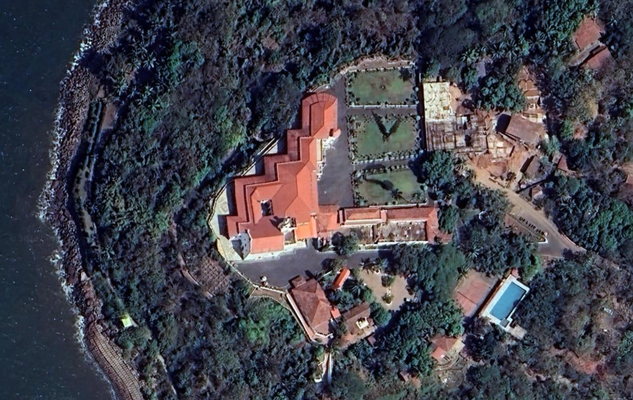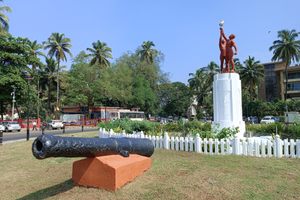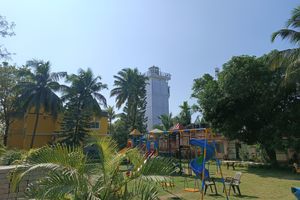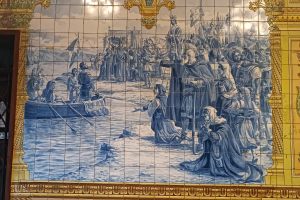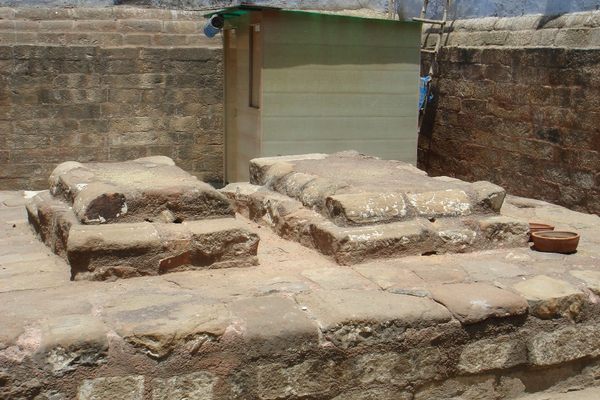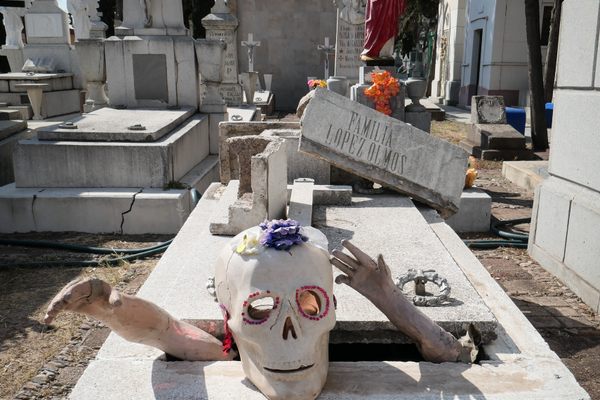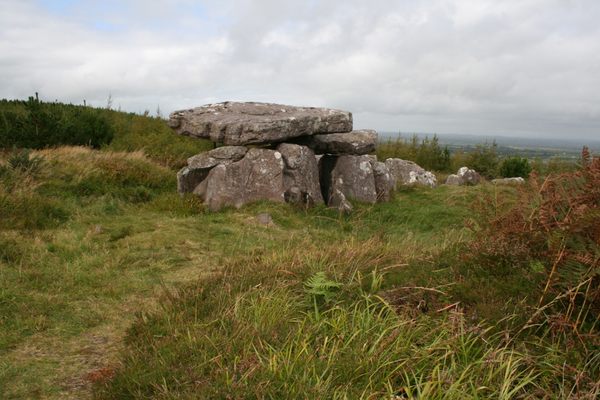About
South of Panaji, the capital of the Indian state of Goa, there is a popular lookout point called the Dona Paula View Point. Hordes of tourists flock here every evening to see the sunset from a pergola perched atop a small hill. Many popular Bollywood movies have been filmed here, such as the first three installments of the comedy film Golmaal and a famous fight sequence in the action film Singham.
The village of Dona Paula is located a few miles south of Panaji. The village was named for Dona Paula Amaral Antonio de Souto Maior, the daughter of the Portuguese Viceroy of Jaffnapatnam in Sri Lanka. Her family arrived in Goa in 1644. In 1656, she married the Spanish noble, Dom Antonio Souto Maior, who owned a large plot of land near the present-day village.
Many rumors circulate about Dona Paula. Some say she was a temptress and adulterer. Others say she was a bereft widow. In most versions of the tale, she comes to a tragic end, either throwing herself off the cliff into the waves or being thrown.
In one version of the story, she falls in love with a local, Goan fisherman. But their relationship was disapproved of, and so they both drown themselves in the waters. In another version, she was married to a local fisherman who disappeared at sea, so she stood at the cliffs every day hoping for his return. In yet another version, she had an affair with the local governor and, as punishment, was thrown from the cliffs to drown in the waters below. In all the tales, which play on many common ghostly misogynist tropes, Dona Paula comes to a sad end dictated by men.
The reality is that we know very little of Dona Paula's life, except that she did a lot of charitable work towards the betterment of the village and lived closely with the locals. After her death on 16 December 1682, the village, which had been known as Oddavell, was renamed Dona Paula in her honor.
Her grave lies in the Raj Bhavan Chapel. Raj Bhavan is the official residence of the Governor of Goa and is located in the same area. Her black granite tombstone was previously embedded into the floor of the chapel but now has been shifted to a wall next to the original location. A small marker on the floor indicates the spot where Dona Paula's gravestone was originally located.
Related Tags
Know Before You Go
The tombstone is located within the Raj Bhavan Chapel, which is within the premises of the Raj Bhavan. Please note that the Raj Bhavan is the official residence of the Governor of Goa. The place is accessible to the public only through a guided tour conducted by the government of Goa. Kindly check with the government authorities before visiting.
Delhi and Rajasthan: Colors of India
Discover Colorful Rajasthan: From Delhi to Jaipur and Beyond.
Book NowCommunity Contributors
Added By
Published
May 14, 2024
Sources
- https://www.rajbhavan.goa.gov.in/node/399
- https://shoplune.com/blogs/stories/of-love-and-legends-the-story-of-dona-paula
- https://shwetawrites.com/dona-paula-and-her-lovers/traveltales/
- https://timesofindia.indiatimes.com/goa-plus/the-legend-of-dona-paula-truth-or-tall-tale/articleshow/1925951.cms
- https://www.incrediblegoa.org/feature/the-real-story-of-famous-tourist-spot-dona-paula-in-goa/
- https://www.cntraveller.in/story/in-goa-sign-up-for-a-tour-of-the-governors-residence-raj-bhavan-panjim-things-to-do-in-goa/



